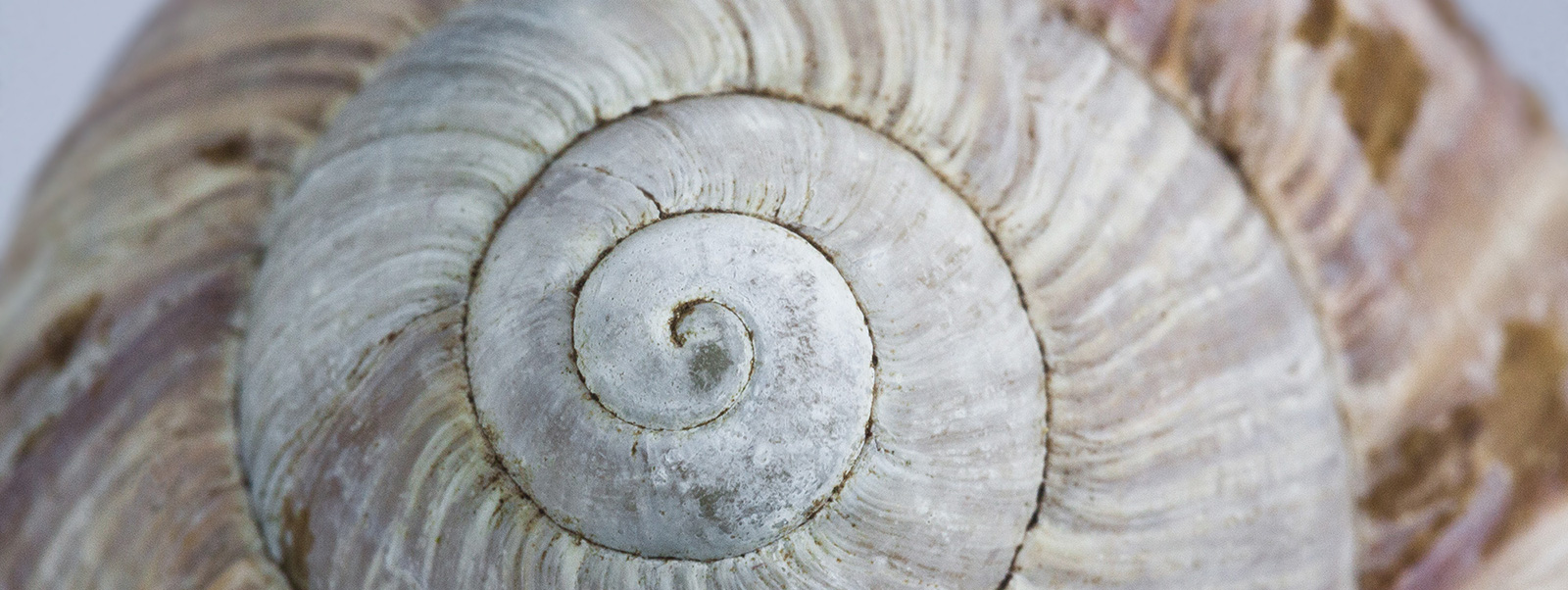Sun in Pisces—Rolling in the Deep—Mystic, Mélusine, Misfit
 The moment you doubt whether you can fly, you cease for ever to be able to do it—J.M Barrie, Peter Pan
The moment you doubt whether you can fly, you cease for ever to be able to do it—J.M Barrie, Peter Pan
Bruised clouds hang in bunches over the parched land, delivering thunder and lightning and a meagre measure of rain. Yet as river beds turn to dust in the wind, jasmine bursts, a froth of fragrant creamy white, from tight-coiled cerise buds. Eight months before spring.
Faith and Hope hold us airborne. There’s a life-force that spirals from struggle. Writer and civil rights activist, James Bladwin, says of Shakespeare’s life in Elizabethan England, “It is said that his time was easier than ours, but I doubt it—no time can be easy if one is living through it.”
Throughout human history, times of drought, plague, famine, flood, and myriad human atrocities have crushed civilizations. Yet from the shards of broken lives rise mystical visions and Marian apparitions. New perceptions perfume the air. From the confines of her monastery in the politically hazardous 11th Century, Christian Mystic, Hildegard of Bingen wrote, “I am the fiery life of the essence of God; I am the flame above the beauty in the fields; I shine in the waters; I burn in the sun, the moon, and the stars. And with the airy wind, I quicken all things vitally by an unseen, all-sustaining life. ” And as the Black Death scythed 50 million souls or more, in the 14th century, came this reassurance from Julian of Norwich: “All shall be well, and all shall be well, and all manner of thing shall be well.” As we spiral through our ordinary life’s seasons amidst a maelstrom of political and climate change, magical thinking, practiced by shamans and visionaries for centuries, offers sustenance in our own difficult times.
There’s a sublime sensitivity, an innocent faith in the celestial sky-story this month. The Sun moved into the sign of Pisces on February 19th, joining Mercury, Venus, Neptune, and Chiron in the unbounded depths of the sky. The Sun and the Moon consummate their union with the new Pisces Moon on March 17th.
The Sun’s passage through Pisces awakens our yearnings, diffuses our dreams with dappled remembrances. It stirs our faith in the ineffable, the non-ordinary realms, bringing magic and wonderment to lives so often infused with a tincture of loss and longing. Pisces is associated with The Hanged Man in the Tarot, directing us as initiates to suspend our worldly concerns to turn our gaze inwards, shifting our perspective.
Planets that wear iridescent Piscean clothing offer strange tinctures of genius and madness. In the watery-logged realm of this archetype is a marshy Never Never Land surrounded by an ocean of dreams. Here Lost Boys and Lost Girls skip the light fandango, turn cartwheels ‘cross a sea floor scattered with the bones of those who lingered and languished in the deeps.
Faith and Belief are strung like precious pieces of coral around the Fishes’ tails. Jupiter, the traditional ruler of Pisces, is associated with “luck”. The kind of abundance we evoke by using affirmations as talismans to ward off the spectres of lack and loneliness that haunt us. “Buildings fall; even the earth perishes. What was yesterday a cornfield is to-day a bungalow,” wrote Virginia Woolf. Jupiter’s Wheel of Fortune spins for each one of us, oblivious to status and wealth, to prayers and affirmations or the amount of exercise we do.
Jupiter crossed the border into Scorpio in October 2017 and will turn retrograde on March 9th at 23 degrees Scorpio. Jupiter in the sign of Scorpio stirs up dark sediment: the outing of sexual predators, the massacre of seventeen students on Valentine’s Day. Mars, the planet of war, and Jupiter, the planet of excess and amplification, are now in mutual reception before Mars changes sign on March 17th. With Jupiter, be careful what we wish for.
 Neptune is the more elusive modern ruler of this amorphous sign. Neptune’s associations are born of the sea, carried in the deep roll of the waves by the Muse that inspires music and art, ecstatic intoxication, and slow wasting diseases that are impossible to define or to cure. Lodged in this archetype is our debt to eons of human history. A soulful yearning for redemption and transcendence. With Neptune comes necessary sacrifice, carried for us all by the gory image of a crucified Christ and a dismembered Dionysus.
Neptune is the more elusive modern ruler of this amorphous sign. Neptune’s associations are born of the sea, carried in the deep roll of the waves by the Muse that inspires music and art, ecstatic intoxication, and slow wasting diseases that are impossible to define or to cure. Lodged in this archetype is our debt to eons of human history. A soulful yearning for redemption and transcendence. With Neptune comes necessary sacrifice, carried for us all by the gory image of a crucified Christ and a dismembered Dionysus.
Neptune, turns a ghostly face to our human need to hold onto those things we love, to keep things just as they are. We learn that everything is transient. That what we hold on to too tightly, fades into nothingness. Writes mystic and poet, John O’ Donohue, “transience makes a ghost out of each experience. There was never a dawn that did not drop down into noon, never a noon which did not fade into evening, and never an evening that did not get buried in the graveyard of the night…” Still we search, like children on a pebbled beach, for miracles and wonder. We discover “synchronicities” that shape our sense of reality. We hold the flame of faith that things will be better as we welcome new presidents, new Father-Redeemers to lead us to the Promised Land.
So, come with me, where dreams are born, and time is never planned. Just think of happy things, and your heart will fly on wings, forever, in Never Never Land!―J.M Barrie
For workshops and private consultations, please email: ingrid@trueheartwork.com













